Orthodox theology is rooted in ancient practices and beliefs that have shaped the Christian faith for centuries. This rich tradition emphasizes the importance of the sacraments, community worship, and the continuity of faith from the time of the early Church.
As followers engage in rituals and teachings handed down through generations, they discover a profound connection to their spiritual heritage.

Many Orthodox Christians find solace in the community-based nature of their worship, which fosters a sense of belonging and shared identity. The teachings and practices of the Orthodox Church encourage individuals to explore their faith deeply, leading to a personal and communal journey of spirituality.
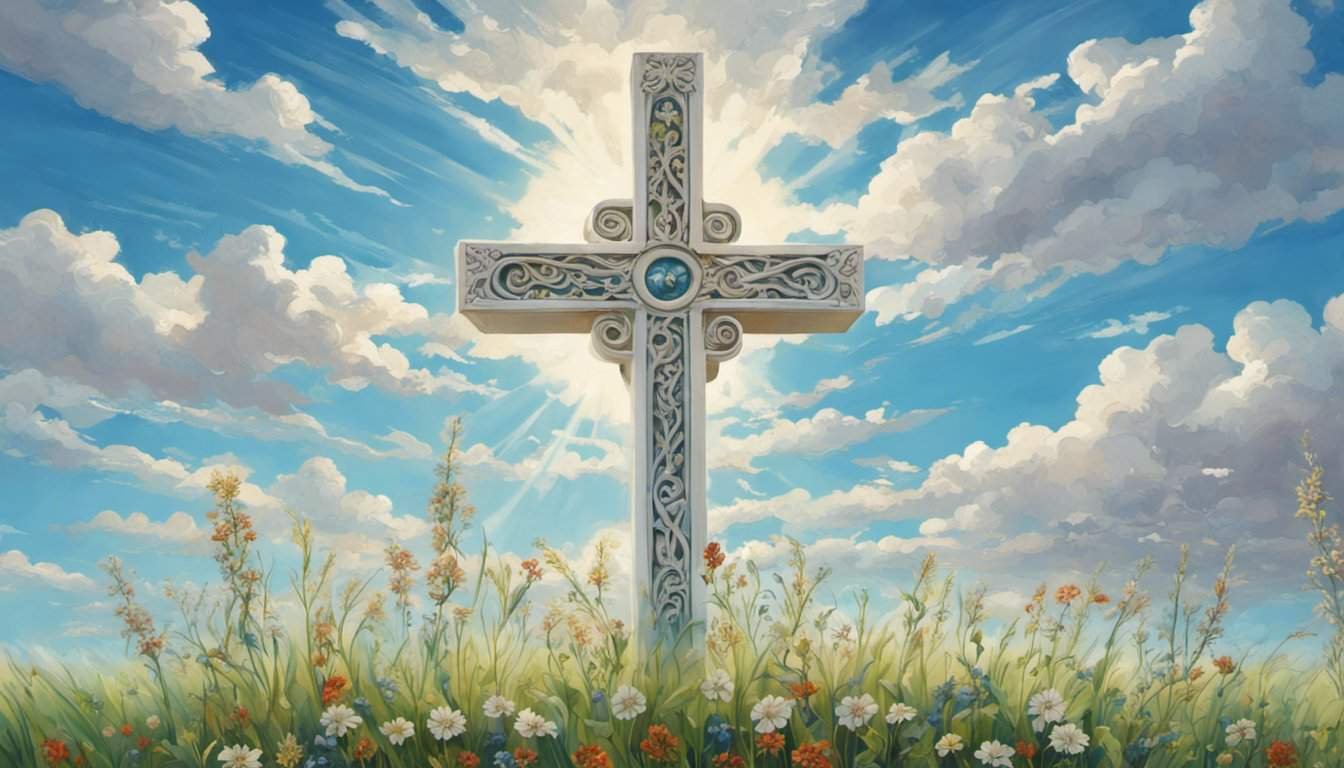
This approach not only honors the past but also brings ancient beliefs into the modern world, making them relevant for today’s believers.
Understanding these elements of Orthodox theology provides insight into how ancient practices still resonate with contemporary worshippers. By examining the foundations of this tradition, one can appreciate its enduring significance and the ways it shapes the lives of millions around the globe.
Key Takeaways
- Orthodox theology is grounded in ancient practices and beliefs that inform modern faith.
- Community worship plays a vital role in the experience of Orthodox Christians.
- The teachings of the Orthodox Church continue to influence spiritual life today.
Origins of Orthodox Christianity
The roots of Orthodox Christianity trace back to ancient practices and beliefs shaped by key historical events. This section explores the early Christian communities, the impact of the Councils of Nicea and other ecumenical councils, and the significant schism that led to the formation of Eastern Orthodoxy.
Early Christian Communities
Early Christian communities emerged after the life of Jesus Christ and were centered around his teachings. The original apostles played a vital role in spreading Christianity. They gathered followers and formed the first church communities, emphasizing faith, prayer, and fellowship.
By the 1st century, these communities began to organize worship practices and shared resources. They celebrated the Eucharist, reflecting on the Last Supper, which was vital for their spiritual life. Additionally, they faced persecution from both the Roman authorities and some local groups.
These communities laid the foundation for Orthodox beliefs. They emphasized the importance of maintaining the teachings handed down from the apostles, ensuring the integrity of the faith.
Councils of Nicea and Ecumenical Councils
The First Council of Nicea in 325 AD marked a significant step for Christianity. Leaders from various churches came together to address controversies, especially concerning the divinity of Christ. The Nicene Creed was established, affirming belief in the Trinity.
Throughout the 4th and 5th centuries, other ecumenical councils followed. These councils addressed theological disputes and helped define Orthodox beliefs. The councils played a crucial role in unifying various Christian communities and clarifying doctrines.
They also sought to address issues like heresy, which threatened the community’s unity. The decisions made during these gatherings greatly influenced the development of Orthodox theology.
Schism and the Formation of Eastern Orthodoxy
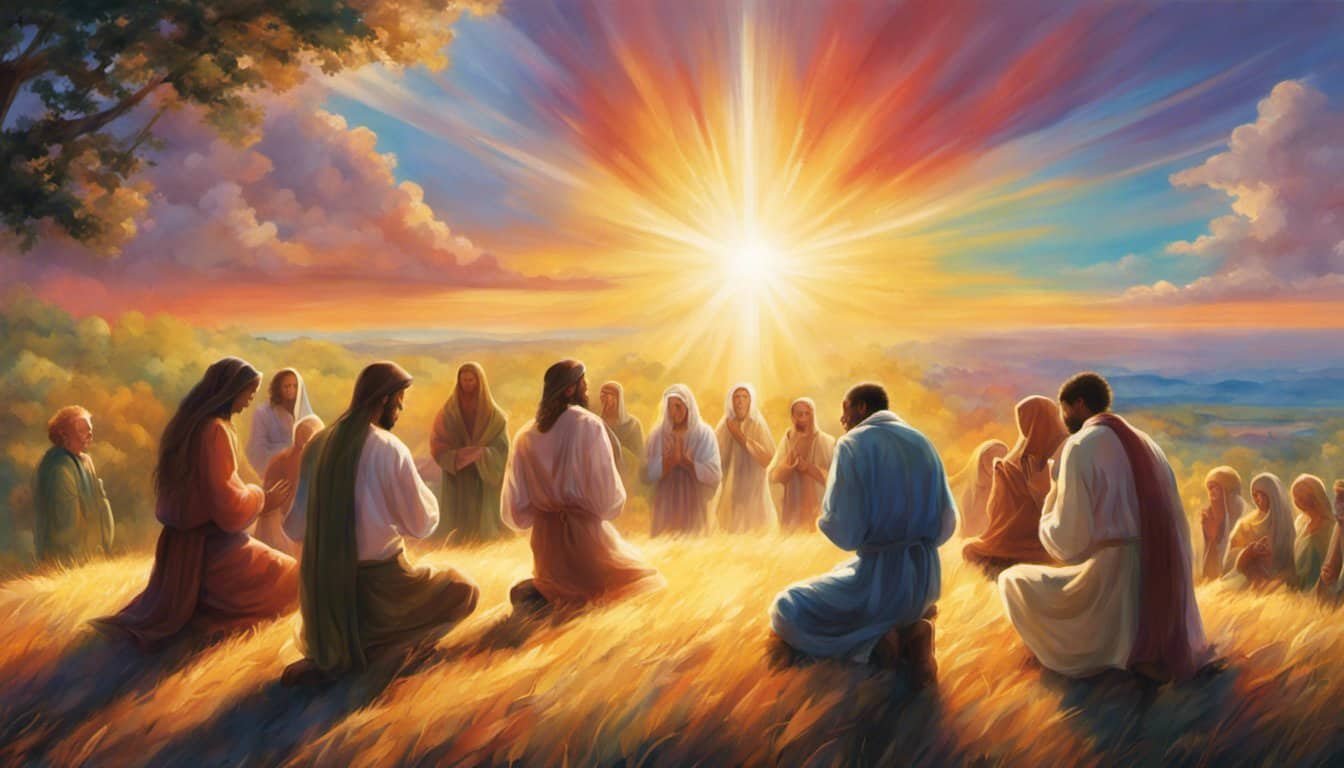
The Great Schism of 1054 was a pivotal moment in Christian history. It divided Christianity into the western Roman Catholic Church and the Eastern Orthodox Church. Key issues included disputes over papal authority and differences in theology and practice.
Cultural, political, and linguistic differences between the eastern and western churches contributed to the schism. The eastern communities focused on preserving ancient traditions and practices, which were essential to their identity.
As a result, Eastern Orthodoxy developed its unique theological perspectives and liturgical practices. Today, this rich history continues to shape Orthodox Christianity and its communities worldwide.
Key Beliefs and Practices
Orthodox theology is rich in beliefs and practices that have been shaped over centuries. These traditions emphasize the importance of faith, worship, and community. Understanding these fundamental aspects helps to appreciate the depth of the Orthodox faith.
Nicene Creed and Theology
The Nicene Creed is a statement of faith that defines core Christian beliefs. It emphasizes the Holy Trinity: the Father, the Son, and the Holy Spirit. This creed is recited during worship services and unites believers in their understanding of God.
In Orthodox theology, salvation is seen as a process of transformation. This involves both faith and good works. They believe that humans can become closer to God through participation in the sacraments, which are considered vital for spiritual growth.
Divine Liturgy and Worship
Divine Liturgy is the central act of worship in the Orthodox Church. It is a celebration of the Eucharist, where believers partake in communion. The Liturgy involves prayers, hymns, and scripture readings that create a sense of reverence and community.
Worship is highly structured and follows ancient rituals. The use of incense, candles, and chanting enriches the experience. This connection to tradition fosters a deep sense of belonging among worshippers.
The Significance of Icons
Icons hold a special place in Orthodox spirituality. They are considered windows to the divine, helping believers connect with God and the saints. Icons are often used in homes and churches, serving as focal points for prayer and meditation.

These sacred images follow strict artistic guidelines to convey theological concepts. Each icon tells a story and invites reflection. Through viewing icons, believers find inspiration and a deeper understanding of their faith.
Fasting and the Observance of Lent
Fasting plays a key role in Orthodox life, promoting spiritual discipline and growth. Lent is a significant period of fasting that lasts for 40 days leading up to Easter. During this time, believers focus on repentance, prayer, and almsgiving.
The guidelines for fasting can vary, but it often includes abstaining from certain foods. This practice reminds the faithful of their dependence on God. The observance of Lent helps prepare one’s heart for the celebration of Christ’s resurrection, emphasizing the importance of sacrifice in the journey of faith.
Church Structure and Governance
The church structure of the Orthodox Church is unique and deeply rooted in history. It involves a hierarchy that emphasizes both the leadership of patriarchates and the active role of clergy and laity in the community.
The Patriarchates and Autocephalous Churches
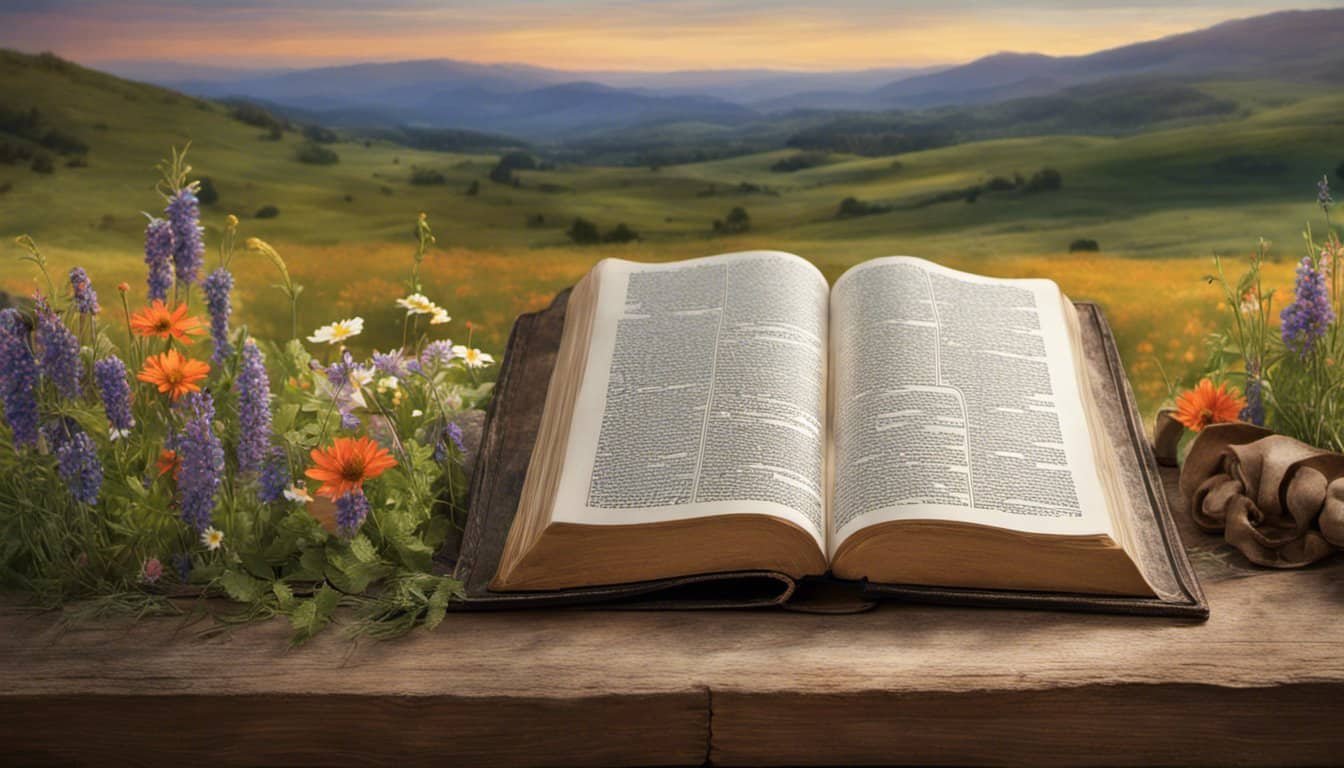
The Orthodox Church is made up of several autocephalous churches, which operate independently but maintain a bond of unity. Each church is governed by its bishops and led by a patriarch. The Patriarchate of Constantinople is considered the “first among equals” among the patriarchates. This means it holds a position of honor but does not exercise direct control over other churches.
Other notable patriarchates include those of Moscow, Antioch, and Alexandria. Each church maintains its own traditions, languages, and customs. Despite this diversity, they share core beliefs and practices that unite them as part of the larger Orthodox community. A council of bishops typically makes significant decisions affecting the church, ensuring that governance is collective.
Roles of Clergy and Laity
Clergy play a vital role in the Orthodox Church, serving as spiritual leaders and guides. They include bishops, priests, and deacons, each with specific duties. Bishops oversee dioceses, while priests lead congregations in worship, perform sacraments, and provide pastoral care. Deacons assist priests and serve the community in various ways.
The laity, or regular church members, also have important responsibilities. They participate in church activities, support the clergy, and ensure that the church’s mission is fulfilled. Their involvement is crucial for the church’s operations and spiritual life. Together, the clergy and laity foster a vibrant community, reflecting the unity and diversity of the Orthodox faith.
Influence of Orthodox Christianity
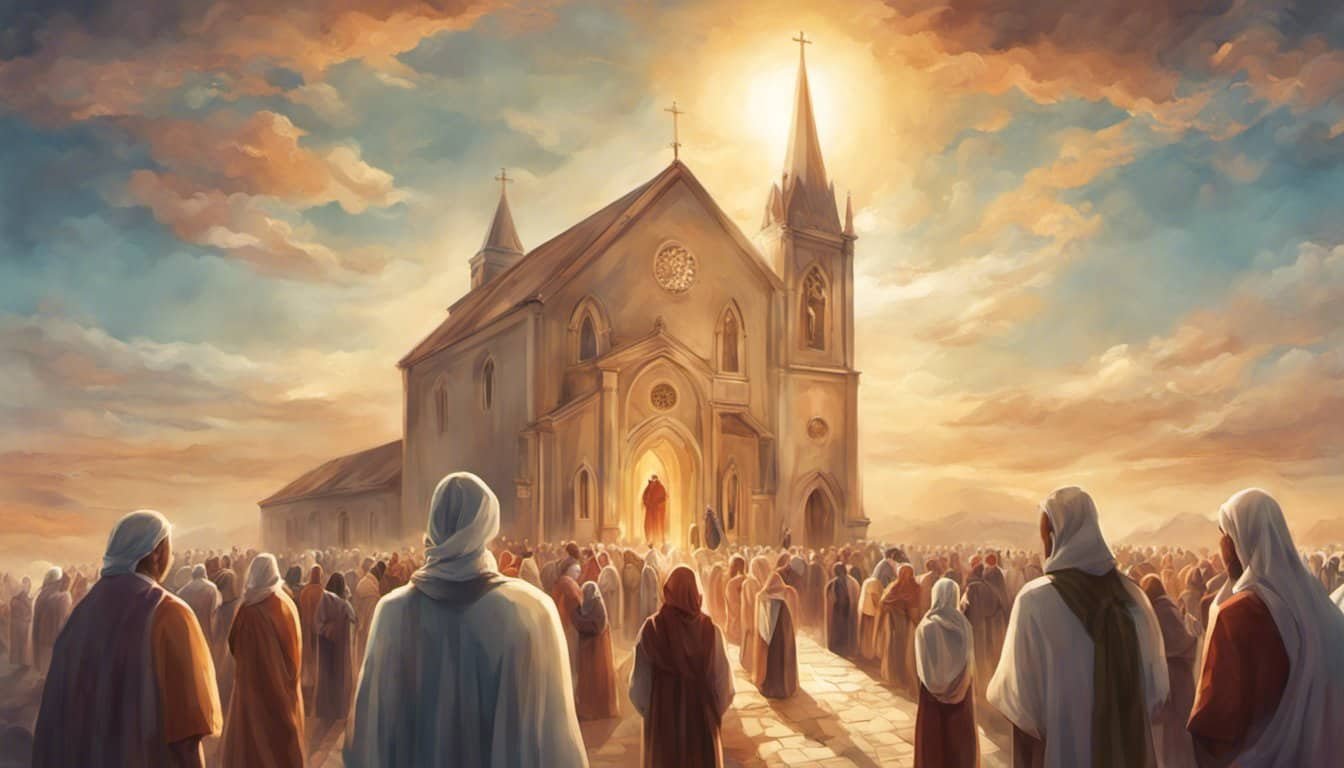
Orthodox Christianity has significantly shaped the history and culture of Eastern Europe and the Byzantine Empire. Its teachings and practices have also influenced art and culture throughout the region. This section explores these influential topics.
Byzantine Empire and Christianization of Eastern Europe
The Byzantine Empire played a crucial role in spreading Orthodox Christianity. Under Emperor Justinian, many areas in Eastern Europe became Christianized. He sought to unify the empire through religion, promoting Orthodox beliefs to establish a strong cultural identity.
The efforts of missionaries, such as Saints Cyril and Methodius, also contributed to the spread of Christianity in Eastern Europe. They created the Glagolitic alphabet, which helped translate liturgical texts. This made Orthodox Christianity more accessible to the Slavic peoples and increased its popularity.
The Impact of the Great Schism
The Great Schism of 1054 split Christianity into Western (Roman Catholic) and Eastern (Orthodox) branches. This division marked a significant point in Christian history. The schism was fueled by political, theological, and cultural differences.
As a result, Eastern European countries aligned with the Orthodox Church, strengthening its influence in the region. Nations such as Russia and Greece embraced Orthodox traditions, shaping their cultural and national identities. The schism also emphasized the importance of local customs and practices within the Orthodox faith.
Cultural and Artistic Contributions
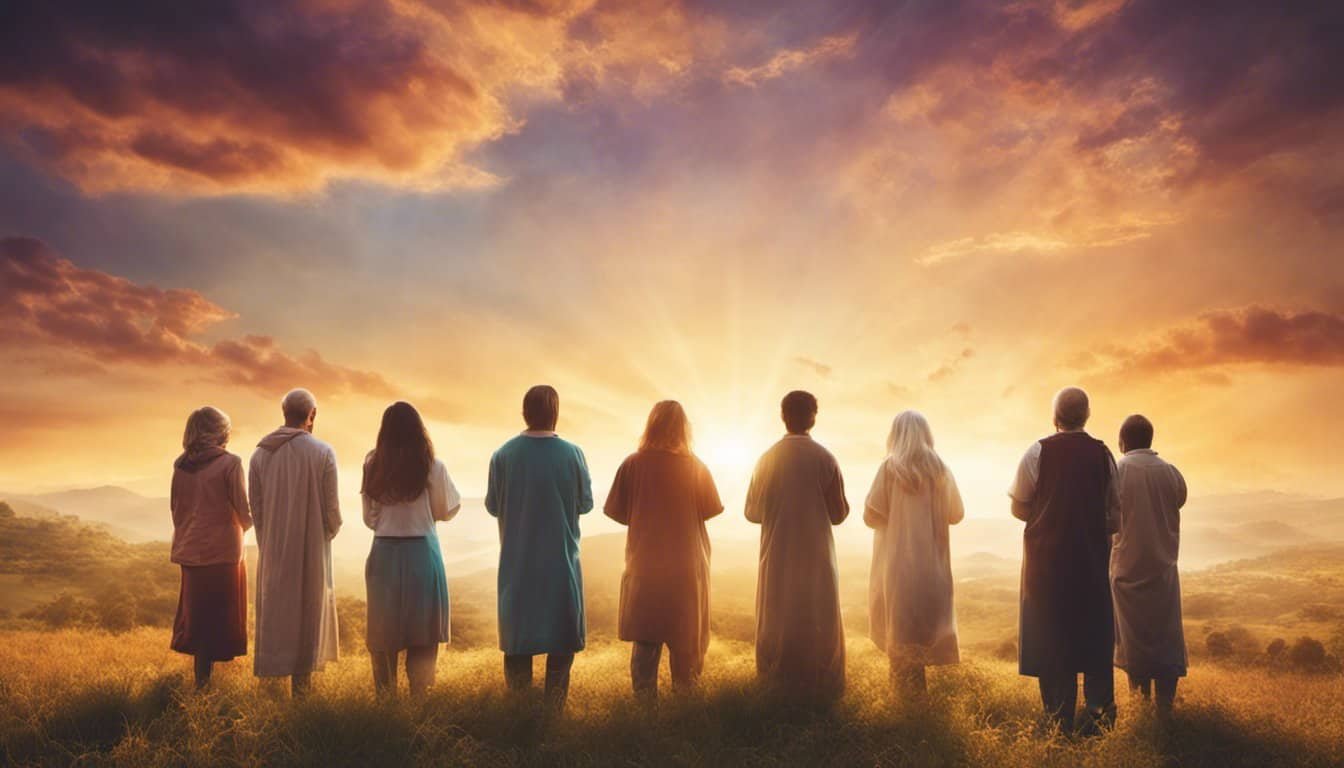
Orthodox Christianity has left a rich legacy in the arts. Iconography, a distinctive feature of Orthodox worship, reflects deep spiritual themes. Icons are often used in churches and homes, serving as windows into the divine for believers.
Music, particularly liturgical chant, is another vital artistic contribution. Styles like Byzantine chant have influenced many traditions in Eastern Europe. Additionally, architecture, such as the stunning domes of churches, showcases the beauty of Orthodox design.
Charlemagne recognized the cultural significance of the Orthodox Church, and its artistic achievements continue to inspire contemporary artists and musicians. This intertwining of faith and creativity remains a defining aspect of Orthodox Christianity’s influence.
Modern Orthodox Christianity
Modern Orthodox Christianity is vibrant and diverse, with communities spread across the globe. It adapts ancient beliefs and practices to contemporary life while maintaining rich traditions. This section explores the global presence of Orthodox Christianity, its growth in America, and how it engages in interfaith dialogue.
Global Orthodox Communities
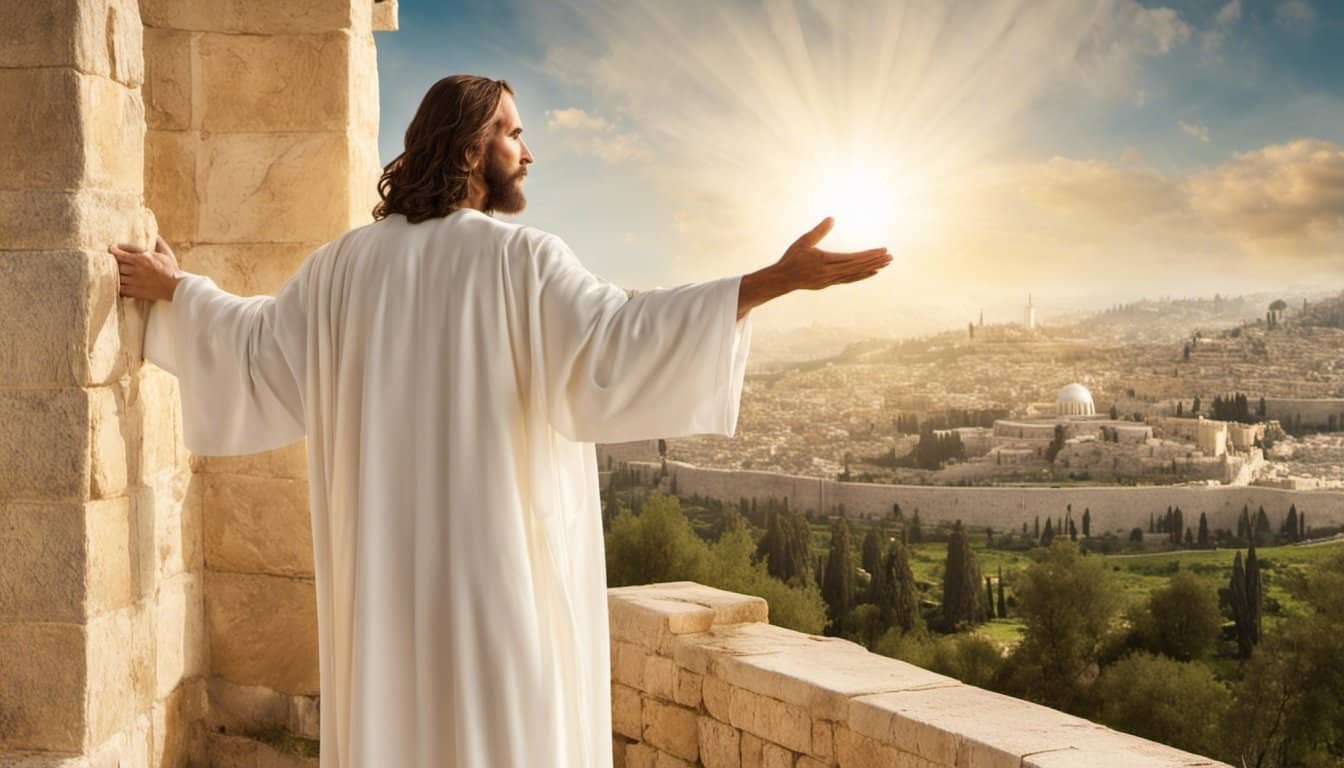
Orthodox Christianity has a significant global presence, with about 300 million adherents. These communities are concentrated in Eastern Europe, the Middle East, and parts of Africa and Asia. Countries like Russia, Greece, and Serbia have large Orthodox populations, each following unique customs and practices.
The Eastern Orthodox Church is organized into various jurisdictions, each led by a bishop. These include the Greek Orthodox Archdiocese, which serves millions and influences Orthodox practices worldwide. The Antiochian Orthodox Christian Archdiocese is also notable for its work in the Middle East and its outreach to diaspora communities.
Orthodoxy in America
In the United States, Orthodox Christianity is gaining traction among diverse populations. The Orthodox Church in America (OCA) was established in the mid-20th century and plays a key role in representing the faith. It welcomes immigrants, providing a spiritual home to many who have encountered challenges in their new country.
Churches across the U.S. host various cultural programs, helping build community ties. These activities often include social services, youth programs, and educational initiatives that respond to both spiritual and social needs. More importantly, they promote understanding of Orthodox traditions among Americans of all backgrounds, fostering inclusivity.
Ecumenical Relations and Interfaith Dialogue
Modern Orthodox Christianity emphasizes the importance of ecumenical relations. Many Orthodox leaders engage with other Christian denominations and world religions, recognizing the need for unity in faith and purpose. These dialogues focus on shared beliefs while respecting theological differences.
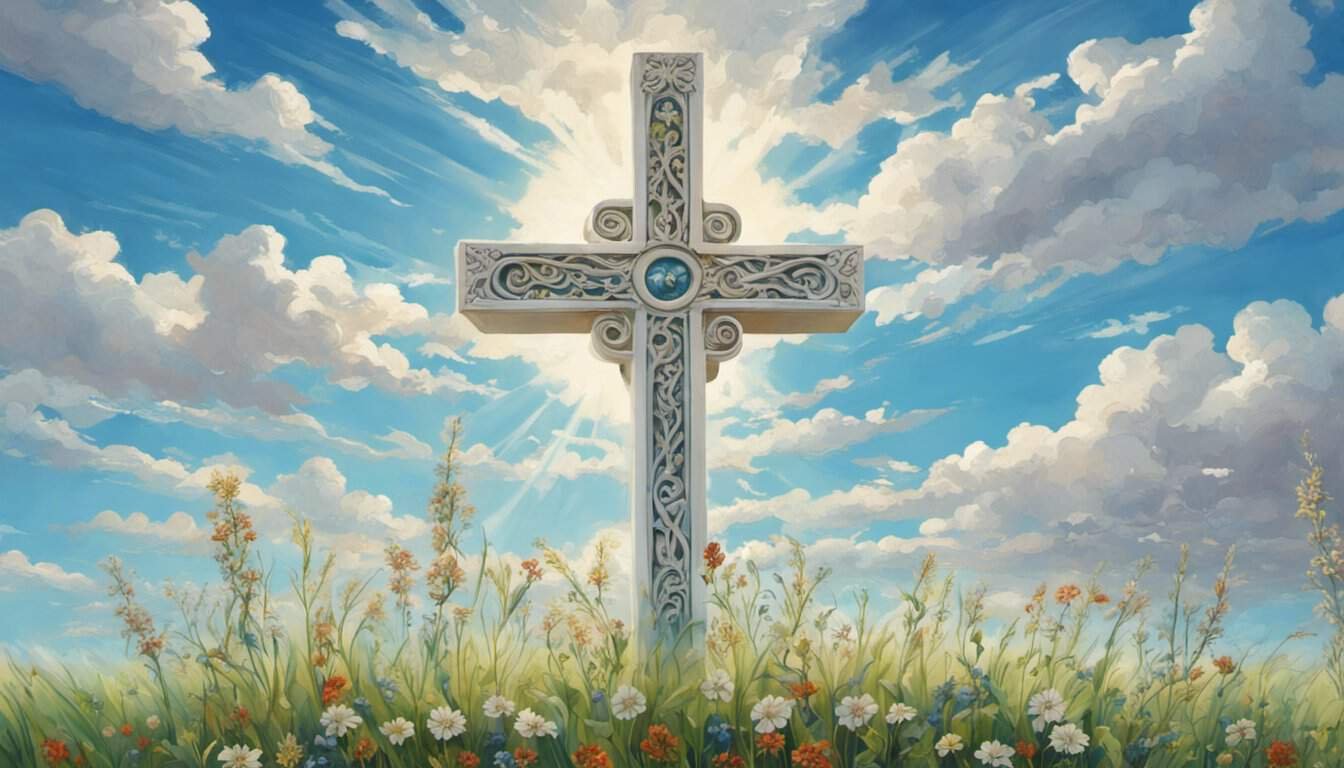
Interfaith dialogue often includes discussions on social justice, peace, and humanitarian aid. Orthodox communities work on collaborative projects with other faith groups to address issues like poverty and immigration challenges. Through these interactions, they aim to promote tolerance and understanding in increasingly diverse societies.
The Life of Orthodox Christians
The life of Orthodox Christians is deeply rooted in tradition, prayer, and community. Their daily practices and essential life events reflect a commitment to faith, which is nurtured through personal devotion and the sacraments. Monasticism also plays a significant role in this spiritual journey for some individuals.
Personal Devotion and Prayer
Personal devotion is a vital part of an Orthodox Christian’s life. It includes daily prayers, reading scripture, and engaging in spiritual reflection.
Many Orthodox Christians pray the Jesus Prayer: “Lord Jesus Christ, Son of God, have mercy on me, a sinner.” This simple yet profound prayer helps deepen their connection with God.

Morning and evening prayers are common. These routines often include the recitation of psalms and other prayers specific to Orthodox tradition. Icons, which are religious images, serve as focal points during prayer, helping believers center their thoughts and intentions.
Fasting is also a part of personal devotion. Orthodox Christians observe specific fasts throughout the year, which help to purify both body and spirit. This commitment to prayer and fasting fosters a closer relationship with God.
The Sacraments and Life Events
Sacraments hold a special place in Orthodox Christianity. There are seven main sacraments: Baptism, Confirmation, Eucharist, Confession, Marriage, Holy Orders, and Anointing of the Sick. Each sacrament marks significant life events, connecting believers to their faith.
Baptism is often performed shortly after birth, symbolizing entry into the Church. During this ceremony, the child is immersed in water, representing purification and new life. Confirmation, also known as Chrismation, follows, where the individual receives the Holy Spirit.
The Eucharist, celebrated regularly, is a sacred meal that nourishes the spiritual life of Orthodox Christians. Confession offers an opportunity for believers to seek forgiveness and reconciliation. Marriages are celebrated within the Church, blessing the couple for their journey together.
Orthodox Monasticism

Orthodox monasticism is a profound expression of faith for those seeking a deeper spiritual life. Monastics dedicate themselves to prayer, work, and community living in monasteries. They follow strict rules and focus on ascetic practices to grow closer to God.
Monks and nuns often lead lives of silence and simplicity. Their daily routines include communal prayers, liturgies, and individual reflection. In doing so, they create an environment where spiritual growth flourishes.
Monasticism is not just a personal choice; it also supports the broader Church community. Monasteries often serve as centers for education, hospitality, and prayer, fostering a rich spiritual legacy.


















